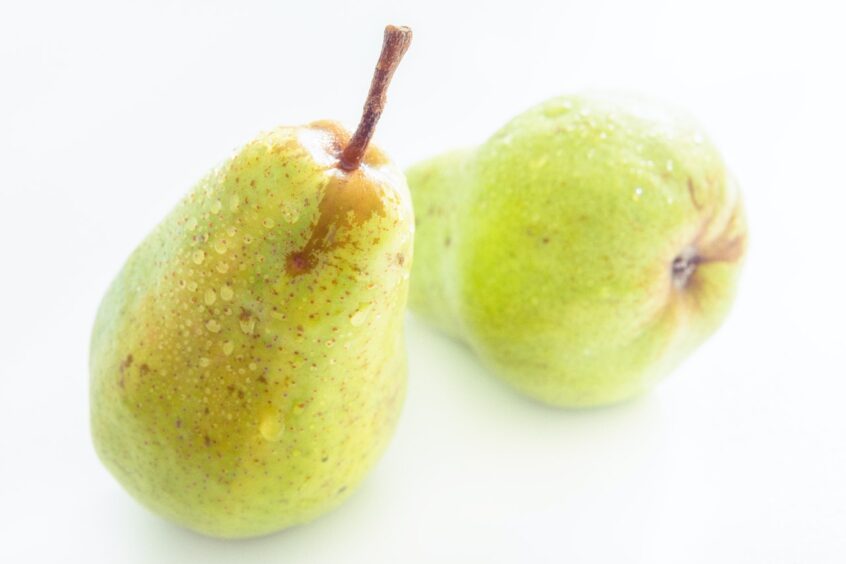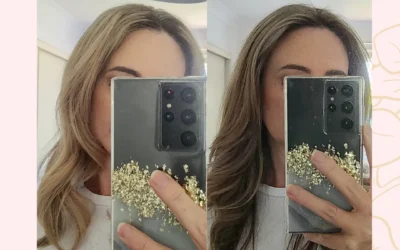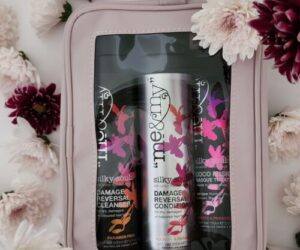You may have seen some “news” reports regarding DMDM Hydantoin being linked to hair loss. I’m not shy about saying it how it is and I’m certain that as this court case plays out it will be shown that DMDM Hydantoin isn’t responsible for hair loss in the consumers that are suing Unilever. How can I possibly know that? Because common sense tells us that if a haircare ingredient has been used for a very long time across MANY brands and products this would have been an issue well before now and definitely more widespread, not just exclusively to users of a few formulations by Unilever.
But if common sense isn’t enough here are the facts:
DMDM Hydantoin is used as a highly effective preservative in skincare and haircare brands worldwide including supermarket, pharmacy and professional ranges.
Preservatives are necessary if you don’t want your favourite cosmetics going mouldy and getting contaminated by bacteria which can create a whole host of health issues for you (yep, gross)
There are claims that DMDM Hydantoin is carcinogenic, this is only based on the fact that it is a formaldehyde donor and regular exposure to high levels of formaldehyde can cause cancer – this may sound scary but read on for all the facts! A formaldehyde donor is NOT formaldehyde in its raw form. It works by slowly releasing small levels of formaldehyde throughout the shelf life of the product. In a typical hair product it would be less than 100 parts per million (ppm) of free formaldehyde with the allowable level in Australia of 2000ppm ME&MY products are certainly well below those levels.
Formaldehyde naturally occurs all around us and is part of our everyday life that we don’t even realise – as an example a medium-sized pear or apple has about 100ppm, the same as your ME&MY shampoo and you EAT the apple!
ME&MY products are tested before they are sold to ensure your safety.
Regulators and scientists worldwide agree that DMDM Hydantoin is safe at the levels used in all of our products.
DMDM Hydantoin has been recognised amongst 100’s of other ingredients as a possible allergen. As with everything if you’re not allergic to the ingredient there is no concern. It’s also extremely easy to do a patch test prior to use of the product if think you may be allergic. (Note: a reaction to a product patch test is not conclusive to one particular ingredient and would need specialist advice and further testing to confirm which ingredient or a combination of the ingredients you have reacted to.)
Want some independent information? Here’s an interesting guide on formaldehyde levels in our everyday lives from American Chemistry Council (2020) along with links to information from the experts;
www.chemicalsafetyfacts.org/dmdm-hydantoin-2
https://www.safecosmeticsaustralia.com.au/key-allergens/dmdm-hydantoin
https://www.fda.gov/cosmetics/cosmetic-ingredients/allergens-cosmetics





